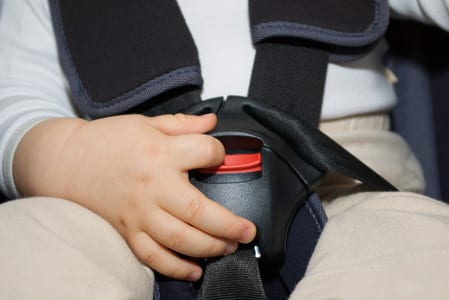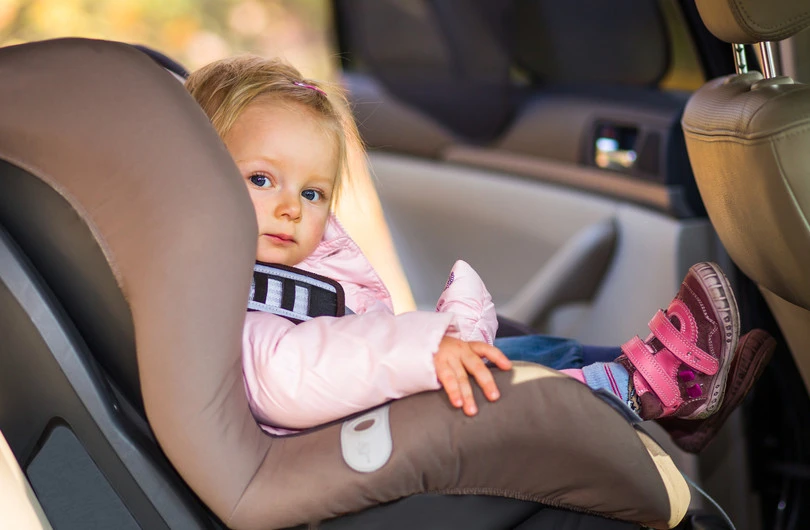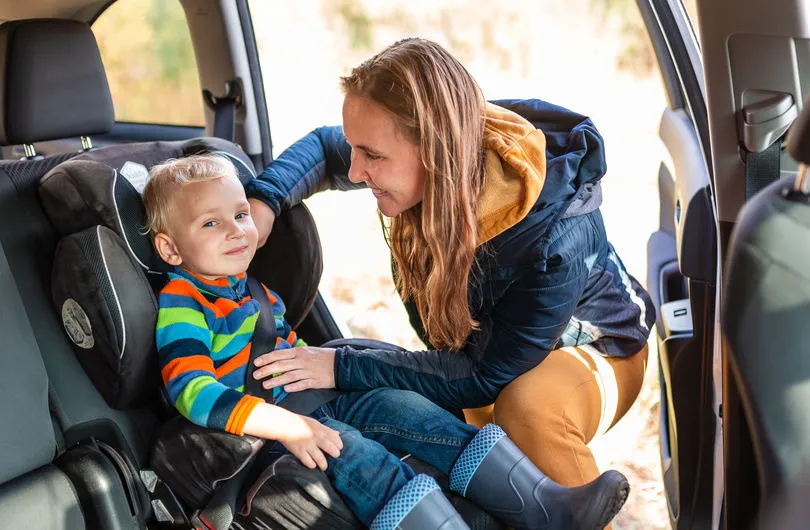Blog


Booster Car Seat Guide
Choosing from the different booster car seat options on the market may seem daunting, but it’s pretty easy when you know what you’re doing.
The best booster seats for small cars offer comfort, making driving time a pleasant experience. So, you must learn booster car seat requirements and how to choose the correct seat for your little ones.
This baby booster car seat guide has all the information you need.
Let’s dive in!
Sommaire
What are booster car seats?
Booster car seats are used when a kid outgrows a car seat to ensure car safety. With these seats, your children will be lifted so that seatbelts lie across their chest and pelvis. Otherwise, the seatbelt will stay on their belly and neck where they could cause severe damage in an accident.
The type of car seat your kid needs depends on size, age, and developmental needs.
Booster car seat requirements
- Infants and toddlers should use rear-facing seats until they reach the maximum weight or height allowed by their car seat manufacturer.
- Once your kid outgrows the rear-facing weight or height limit, use a forward-facing seat with a harness until the kid reaches the maximum weight or height allowed by their car seat manufacturer.
- Once your kids exceed the maximum weight or height for their forward-facing seat, it’s time to use a belt-positioning booster car seat.
- The allowed age to use a booster car seat is 8 to 12 years, and the allowed height is 4 feet 9 inches.
- Kids under 13 years should ride in the back seat.
- Lap and shoulder seat belts offer the best protection, and kids who are large enough and old enough for the car seat belt should always use them.
Types of booster car seats
There are three types of booster car seats; no-back booster Seat, high-back booster seat, and forward-facing seat with harness or combination seat.
- No-back Booster Seat
The no-back booster seat is lightweight, compact, and affordable. It makes for an excellent choice for travel and playdates. This seat is more suited for older kids.
- High-back Booster Seat
The high-back booster seat has back and neck support, unlike the no-back seat. Most models also double as no-back booster seats, as you can detach their back.
- Forward-Facing Seat with Harness or Combination Seat
The combination seat can serve as a forward-facing, rear-facing, or belt-positioning booster. These all-in-one seats are perfect for bigger babies and toddlers, as they can carry up to 40 to 50 pounds in rear-facing weight.
What are their differences and peculiarities?
| No-back Booster Seat | High-back Booster Seat | Forward-Facing Seat with Harness or Combination Seat |
| Does not provide back support | Offers back and neck support | Can convert to a belt-positioning booster seat when needed |
| Suitable for school-aged kids | Ideal for school-aged kids | Ideal for toddlers and preschoolers |
| Makes the seat belt shorter | Raises your kid to adjust to the seat belt | Comes with harness |
What ages and weights are they suitable for?
| Booster car seat | Age requirement | Weight requirements |
| No-back Booster Seat | Kids between 8 and 12 years | Kids must weigh between 40 to 120 pounds |
| High-back Booster Seat | Kids between 4 and 8 years | Kids must weigh between 40 to 120 pounds |
| Forward-Facing Seat with Harness or Combination Seat | Kids below five years of age | Kids weighing under 40 pounds |
How to choose the best booster car seat?
1. Check the label
Ensure it meets or exceeds Federal Motor Vehicle Safety Standard 213.
2. Be careful when buying secondhand boosters
Ensure that the secondhand booster seat has not been in a crash before. Also, ensure that it isn’t more than six years old.
3. All parts must be complete
Check that the booster car seat has a label with the model number and manufacture date, and all the parts of the seat are present in the package.
4. Check the seat’s history
You can check the expiration date. And also, check for wear and tear.
Find out if it’s possible to replace some parts or the whole seat with a newer model.
Booster car seats to avoid
You should never use booster car seats that:
- Have visible cracks
- Are missing parts – Make sure that all essential parts of the booster seat are included.
- Are too old – Check the label for the manufactured date
- Have no label with the model number and date of manufacture
- Comes without instructions
- Was recalled – Contact the manufacturer or the National Highway Traffic Safety Administration (NHTSA) Vehicle Safety Hotline to find out.


